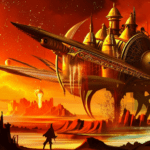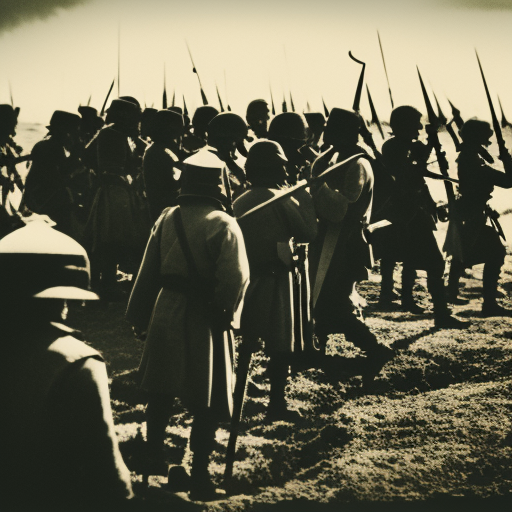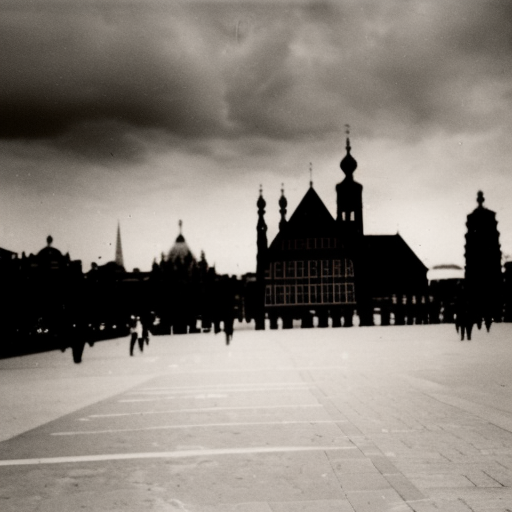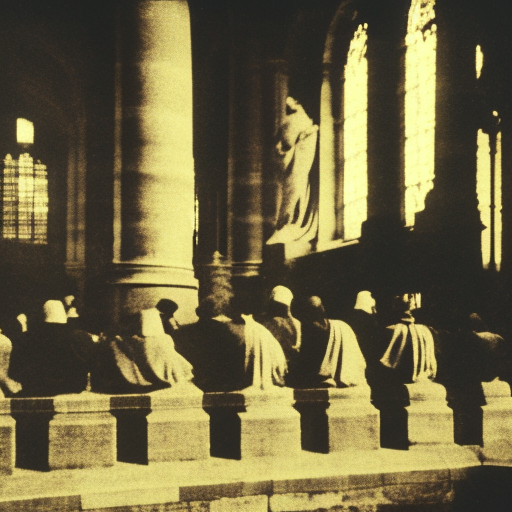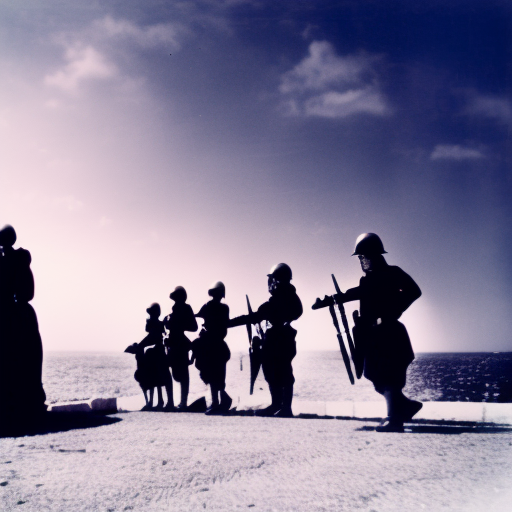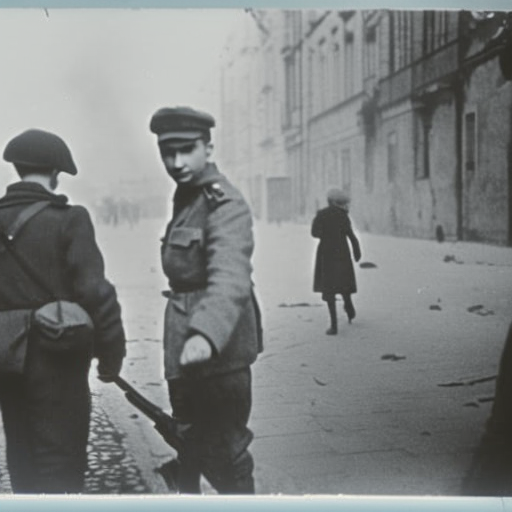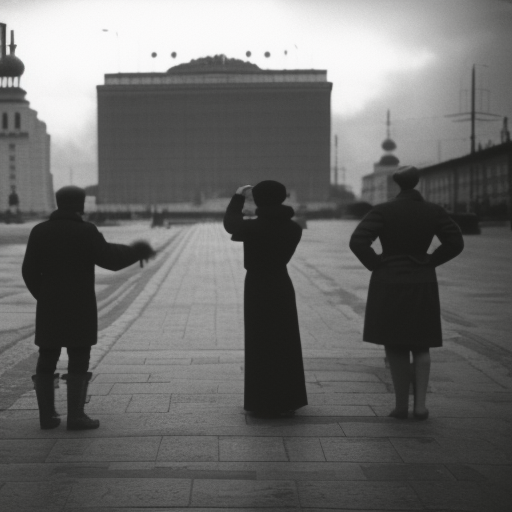The Ottoman Empire reached its pinnacle of power and influence during the reign of Suleiman the Magnificent.
The Travels of Ibn Battuta Explained
The Travels of Ibn Battuta: A remarkable 14th-century journey documenting the adventures and observations of the renowned Moroccan explorer.
The Delhi Sultanate Explained
The Delhi Sultanate was a medieval Muslim kingdom that ruled over parts of India from the 13th to the 16th century.
The Battle of Talikota (1565) Explained
The Battle of Talikota was a decisive conflict in Indian history that led to the downfall of the Vijayanagara Empire.
The English Bill of Rights (1689) Explained
The English Bill of Rights (1689) established constitutional monarchy and limited the powers of the monarchy while granting certain rights to the English people.
The Peace of Augsburg (1555) Explained
The Peace of Augsburg (1555) was a treaty that ended the religious conflicts in the Holy Roman Empire by establishing the principle of “cuius regio, eius religio” (whose realm, his religion).
The Reconquista of Spain (711-1492) Explained
The Reconquista of Spain was a centuries-long struggle by Christian kingdoms to retake the Iberian Peninsula from Muslim rule.
The Council of Trent (1545-1563) Explained
The Council of Trent was a significant event in the Catholic Church’s history that addressed the Protestant Reformation and implemented reforms within the Church.
The Siege of Malta (1565) Explained
The Siege of Malta (1565) was a pivotal battle between the Ottoman Empire and the Knights Hospitaller, resulting in a Christian victory and halting Ottoman expansion into the Mediterranean.
The Warsaw Ghetto Uprising (1943) Explained
The Warsaw Ghetto Uprising was a courageous act of resistance by Jewish fighters against Nazi oppression in occupied Poland during World War II.
The Five-Year Plans in the USSR Explained
The Five-Year Plans in the USSR were a series of centralized economic plans aimed at industrializing and modernizing the Soviet Union.
The Glasnost and Perestroika Explained
Glasnost and Perestroika were Soviet policies implemented by Mikhail Gorbachev in the 1980s, aimed at increasing transparency and restructuring the Soviet Union’s political and economic systems.





